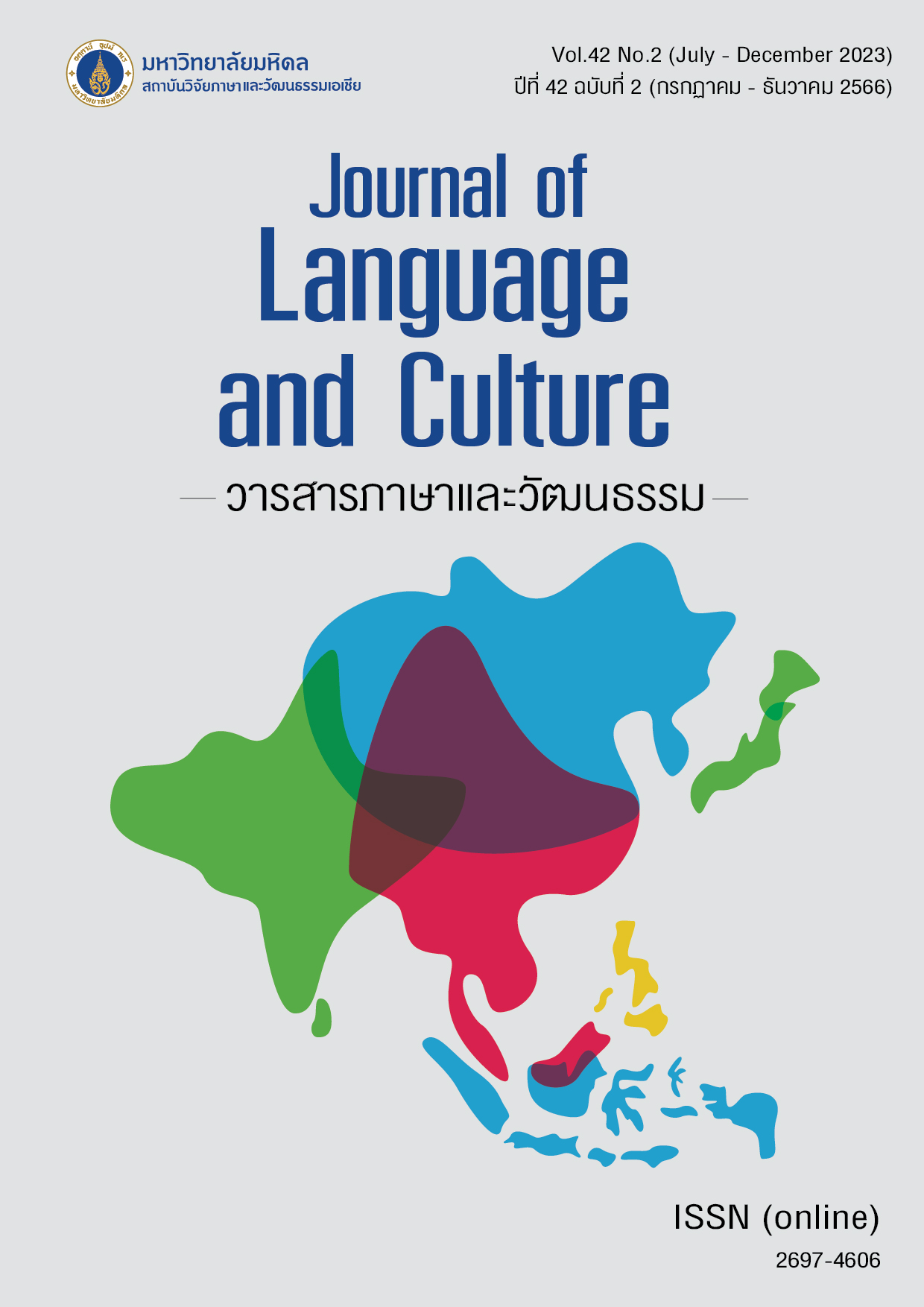Clustering and evolution of phonological systems across languages in Coastal East Asia
Main Article Content
Abstract
The present study employs a quantitative method to investigate phonological profiles of languages spoken across the coastline of East Asia, ranging from the Chukotka Peninsula to the Malay Peninsula. The sampling includes 264 linguistic varieties from 17 different genealogical units. 20 typological features related to various domains of phonology, including qualities and contrasts in vowels and consonants, as well as components in the syllable structure and tones are considered. Attention is paid to three points of focus: areal distribution, diachronic change, and learnability. Across Coastal East Asia, there is a north-south divide running across the boundary between Northeast and Southeast Asia. Within these zones, numerable groups of languages share similar phonological features and thereby form Sprachbünde, the formation of which can be traced back to the existence of (pre)historical political entities, population movements and subsequent encounters among speakers of different language families. Under areal diffusion, languages in contact have acquired similar tendencies of retention and innovation for individual phonological features, resulting in deviation across cognate languages spoken in different Sprachbünde. In several cases, a statistical method reveals an obvious signal of particular language families being the source of areal patterns. Among the phonological features under investigation, several features have a lower degree of learnability, especially among L2 speakers in the scenario of language shift, and this is largely due to typological differences from their L1. Cross-cutting between areality and learnability, those features with a higher degree of complexity, such as consonant clusters, tend to reveal more clearly the area-specific tendencies.
Article Details
The articles featured in the Journal of Language and Culture (JLC) constitute academic works representing the viewpoints of the respective author(s). It is crucial to note that these opinions do not necessarily reflect those of the Editorial Board.
All articles published in JLC are released under the Creative Commons Attribution 4.0 International License (CC BY 4.0). This license grants permission for unrestricted use, distribution, and reproduction in any medium, provided proper credit is given to the original author(s) and the source.


